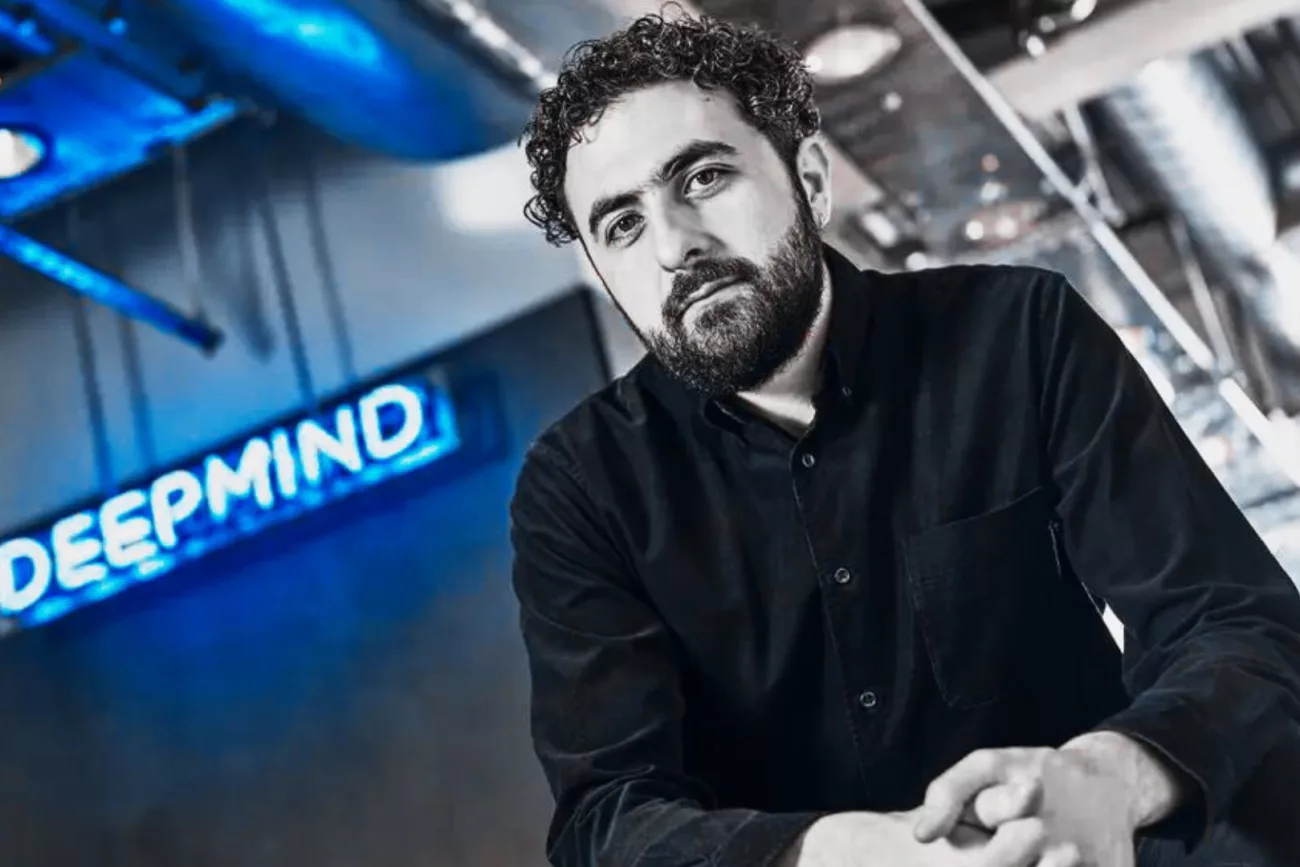
Key Points:
- AI can be a powerful tool in the legal profession, but mastering AI conversations is crucial.
- AI lacks critical thinking skills, so human lawyers must fill in the gaps with their legal expertise.
- The chain-of-thought process can enhance interactions with AI, leading to more practical and relevant responses.
- Continuously refining your interactions with AI models can yield better results over time.
🎯 A Legal Perspective on the Art of AI Conversations – A Guide for the Modern Legal Gladiator
In the legal arena, the rise of AI has sparked a debate as fiery as a courtroom cross-examination. The question at the heart of this controversy? Can AI truly aid the legal profession, or is it a mere illusion of assistance, a mirage in the desert of legal complexities?
At a recent gathering of legal eagles, a General Counsel (GC) shared her experience with ChatGPT, an AI language model. She recounted how she had crafted a data processing agreement (DPA) with the help of this AI tool. “Just 25 prompts later, I had an optimized DPA. It was like having a legal assistant who never sleeps,” she said, her eyes gleaming with the thrill of innovation.
A skeptic in the room, however, raised an objection, “But ChatGPT’s knowledge is frozen in 2021, and the legal landscape has evolved significantly since then, especially in privacy laws.”
The GC, unfazed, responded, “That’s where the 25 prompts came into play. I began with a solid DPA template and then, through a dialogue with ChatGPT, I updated the agreement to reflect the latest changes in privacy laws. It was a game-changer.”
This exchange underscores the crux of the AI debate in the legal profession. While anyone can interact with a generative AI tool, extracting the desired results is an art form that requires mastery.
🎭 The AI Illusion: A Lack of Critical Thinking
AI language models, like ChatGPT, can generate text that is often indistinguishable from human writing. However, they lack the ability to interpret context reliably or understand language nuances. They can mimic human conversation, but they don’t fully comprehend the underlying meaning or implications. They need us, the legal gladiators, to fill in the gaps.
AI language models are trained to identify patterns and probabilities in large datasets, not to make value judgments or take a stance on a particular issue. They reproduce existing patterns and ideas rather than generating genuinely novel or innovative thoughts.
Relying solely on AI-generated text, a lawyer might easily overlook important details or make incorrect assumptions. That’s because AI tools lack our human critical thinking skills.
🧠 The Power of Analytical Thinking in Law
In the legal profession, analytical thinking is as crucial as a well-crafted argument. It allows lawyers to break down complex situations into smaller parts and systematically examine each aspect to reach rational conclusions. Assessing different possibilities, identifying contradictions, and establishing connections are all essential skills for effective legal practice.
Through the chain-of-thought process, you can introduce critical thinking and legal reasoning into your interactions with generative AI tools. As a result, the tools can tailor more practical and relevant responses.
🎲 Four Tips for Mastering the AI Game: A Chain-of-Thought Process
Mastering the art of AI conversation is like learning a new language. It requires patience, practice, and a good understanding of the rules. Here are four practical tips to help you navigate this new language, complete with real-world examples that will resonate with legal professionals:
1. Define Clear Goals and Provide Context:
To get responses tailored to your specific legal needs, you must give the AI model a well-defined context and clear goals. What do you want to achieve? What information does the tool need to achieve this?
Real-World Example: Let’s say you’re working on a case involving intellectual property rights in the tech industry. Instead of asking the AI, “What are the recent cases on intellectual property?” which is quite broad, you could ask, “What are the recent cases on intellectual property rights related to software patents in the United States?” This gives the AI a clear context and goal, enabling it to provide more relevant and useful information.
2. Make Connections Among Various Ideas AI Presents:
AI language models identify patterns and connections in large text datasets. In turn, you must do the same when analyzing their output. Does it match up with what you know about the legal issue? Is it consistent with what you have seen elsewhere?
Real-World Example: Suppose the AI presents a case law that seems to contradict your understanding of a legal issue. Instead of dismissing it, dig deeper. Ask the AI for more information about the case, its context, and its implications. This could lead to new insights and a more nuanced understanding of the issue.
3. Structure Follow-Up Questions and Prompts Logically:
Remember, you’re in an ongoing dialogue with AI in which you must bring logic and clarity. Ask targeted follow-up questions. Request real-world examples. Seek clarifications, explanations, and additional details to ensure that you understand the output.
Real-World Example: If the AI provides a summary of a recent court ruling, don’t stop there. Ask follow-up questions like, “What was the reasoning behind the court’s decision?” or “How does this ruling impact similar cases?” Request real-world examples to understand the practical implications of the ruling.
4. Continuously Refine Your Interactions With AI Models:
Continue to refine your interaction techniques. AI language models constantly learn from new data inputs, fine-tuning their understanding and increasing proficiency in various areas. Subtle adjustments in your approach can yield better results over time.
Real-World Example: If you notice that the AI often misinterprets a certain type of question, try rephrasing it or providing more context. For instance, if the AI struggles with understanding complex legal jargon, try simplifying the language or breaking down the question into smaller parts.
Remember, the goal is not to replace human lawyers with AI, but to use AI as a tool that complements and enhances our legal expertise. By mastering the art of AI conversation, we can unlock new levels of productivity and responsiveness in our legal practice.
So, are you ready to join the great AI debate? Sign up for our newsletter to stay updated on the latest trends and developments in the intersection of law and AI. Let’s shape the future of the legal profession together. 🚀
Share this post
Frequently Asked Questions (FAQs)
Q: Can AI replace lawyers?
A: No, AI is a tool that complements and enhances our legal expertise, not a replacement for human lawyers.
Q: How can AI help in legal practice?
A: AI can help in drafting legal documents, researching case laws, and providing insights based on large datasets.
Q: What is the chain-of-thought process?
A: It’s a process where you introduce critical thinking and legal reasoning into your interactions with AI tools.
Q: How can I get better results from AI?
A: Define clear goals, make connections among ideas, structure follow-up questions logically, and continuously refine your interactions.
Q: Is AI reliable for legal advice?
A: While AI can provide useful information, it should not replace human judgment. Always cross-check AI-generated information.














